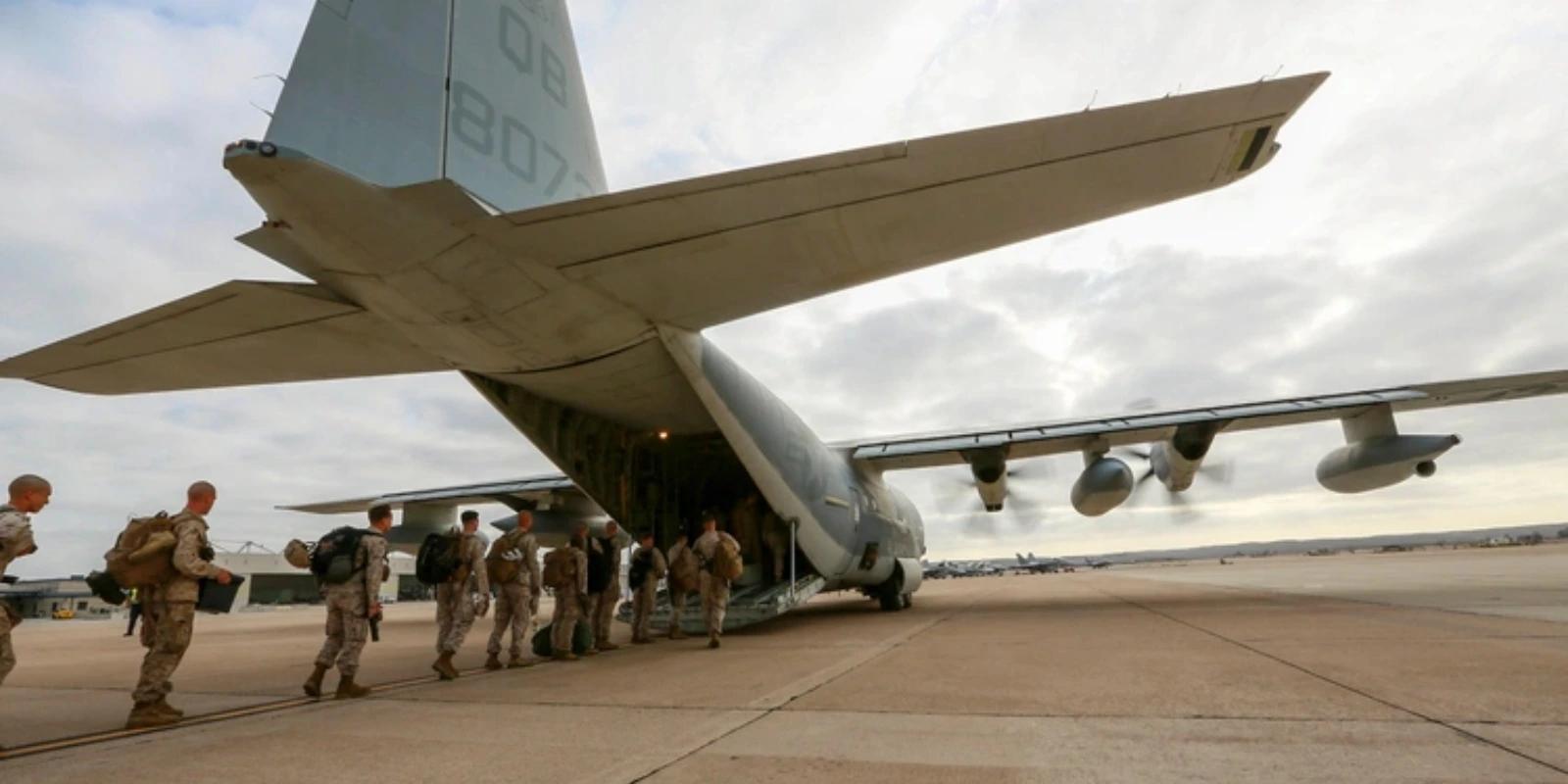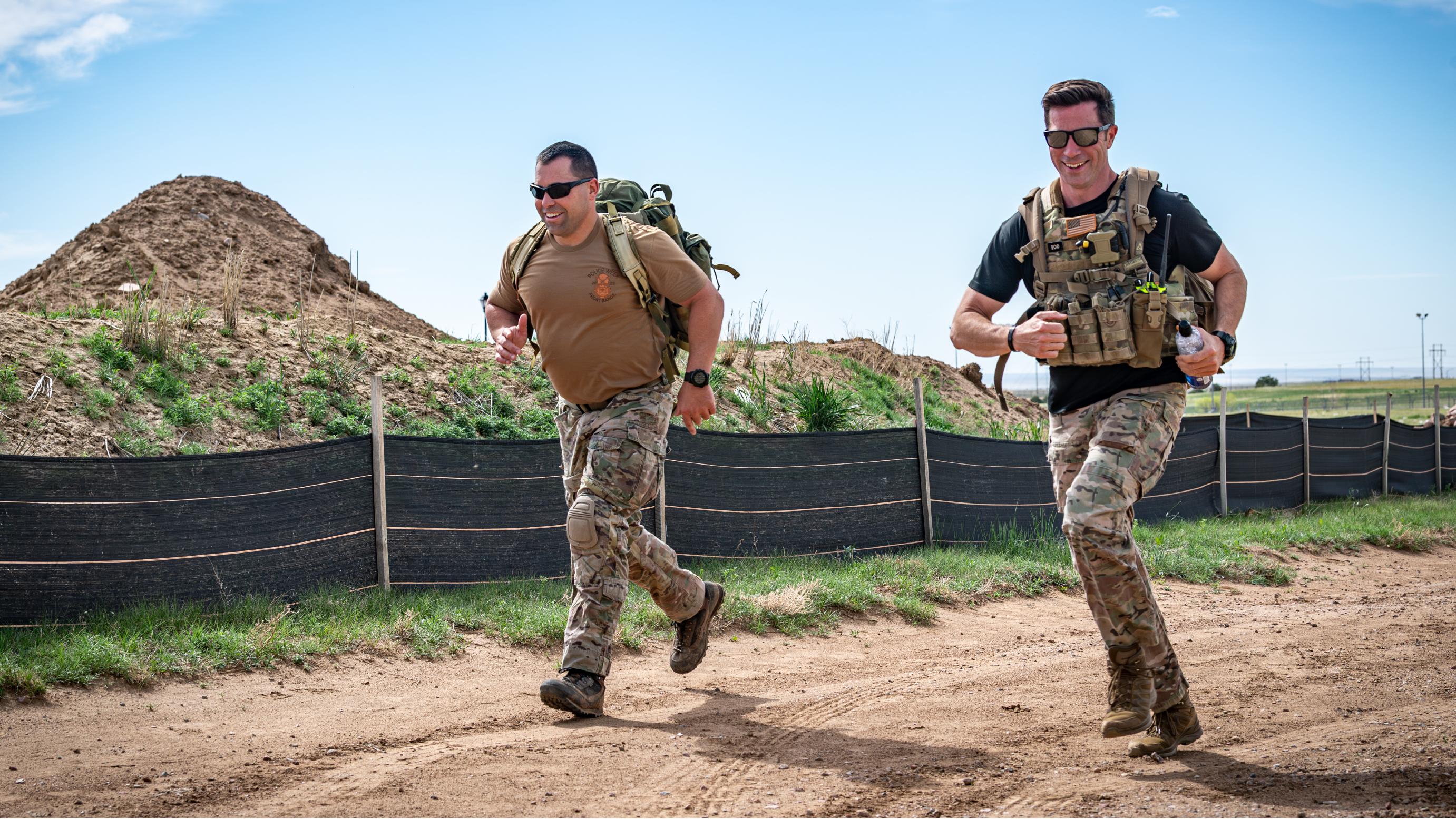THE US HAS CHANGED COURSE ON UKRAINE. WHAT'S NEXT?

During his 2024 Presidential campaign, President Trump assured the American people that he could end the Russia-Ukraine War within 24-hours of being elected. When that didn’t happen, an increasingly frustrated Trump, assisted by Vice President JD Vance, held a now famous February 2025 meeting with Ukrainian President Volodymyr Zelenskyy that devolved into a shouting match with Trump and Vance questioning Zelenskyy’s gratitude for US military aid.
In addition, Trump told Zelenskyy that he held no cards in the ongoing ceasefire negotiation leading some analysts, and America’s European allies, to believe that Trump was acquiescing to the Russian side of the negotiation.
More than six months into Trump’s second term, with Russian drones pelting Kiev almost daily and the European Union pledging huge amounts of military aid to Ukraine, the conflict appears to be growing uglier. Frustrated by Russian President Putin’s dismissal of Trump’s pleas to “stop the bombing” and impressed by the European’s commitment to significantly increase their defense spending, it appears that Trump has changed his tune on the conflict and, during a meeting with NATO Secretary General Mark Rutte, confirmed that he has revised the USA’s engagement strategy.
So, how did we arrive here so quickly within the last three weeks?
Resumption of Military Aid to Ukraine
On July 2, a Pentagon spokesman announced that the Trump administration would hold back on delivering some air defense missiles (largely the highly effective Patriot Surface-to-Air Missile System), precision-guided artillery and other weapons as it took a pause to evaluate its own stockpiles over concerns that they had declined too much.
This announcement came as Russia escalated its air attacks on Ukraine, including the largest drone attack on Kiev since the war began three years ago.
Initially, it seemed that Trump wasn’t aware that this decision had been made. “I would know if a decision is made. I will know,” Trump said shortly after the Pentagon announcement. “I will be the first to know. In fact, most likely I’d give the order, but I haven’t done that yet.” One week later, Trump reversed that decision.
On July 9, the White House announced that it would resume sending some weapons to Ukraine.
According to an Associated Press article, these weapons include 155 mm munitions and precision-guided rockets known as GMLRS. It was unclear whether the US would resume shipment of the critical Patriot air defense systems to Ukraine. This is where the Europeans stepped in.
Europeans to Buy More Patriots for Ukraine
Trump announced that NATO allies would buy Patriot systems from the US and then give them to Ukraine. During a press conference in Rome, Zelenskyy said that Germany was ready to procure two and Norway one of the Patriot systems from the US while other European partners were also looking to help.
In order to speed up provision of the badly needed Patriots, US Secretary of State Marco Rubio told reporters on Friday that he had urged allies including Germany and Spain to hand over some of their existing Patriot batteries.
"We have continued to encourage our NATO allies to provide those weapons... since they have them in their stocks, then we can enter into financial agreements... where they can purchase the replacements," Rubio said.
Over the past six weeks, Russia has pounded Ukraine with a series of drone attacks. In June, Ukraine saw the highest monthly civilian casualties during three years of fighting with 232 people killed and more than 1,300 injured, according to the UN.
Trump said on July 8 that the US would send more weapons to Kyiv as, "they're getting hit very hard now."
The US President is also not happy with Putin and the lack of progress being made toward a ceasefire agreement and the continued attacks on civilians. “We get a lot of bulls--- thrown at us by Putin, if you want to know the truth,” Trump told reporters. “He’s very nice all the time, but it turns out to be meaningless.”
US Sanctions
In addition to the defensive weapons that Trump has pledged to soon send Ukraine, Congress is working on a bi-partisan bill that would enable the President to impose new economic sanctions that would put pressure on Russia to end the war.
Republican Senator Lindsay Graham of South Carolina and Democrat Senator Richard Blumenthal of Connecticut appeared on Face the Nation Sunday to explain the bi-partisan effort.
"We're going after the people who keep Putin in business, and additional sanctions on Russia itself," Graham said. "This is truly a sledgehammer available to President Trump to end this war."
Under the new sanctions bill, Trump would be able to target countries like China, India, and Brazil who oil and other goods from Russia with secondary sanctions. This business provides Putin the money to prosecute the war. Graham said the sanctions package would give the president the ability to impose 500% tariffs on any country that helps Russia. And he noted that the president would have the discretion to dial the tariffs up or down, giving him flexibility.
Graham added that he expects in the coming days, "you will see weapons flowing at a record level to help Ukraine defend themselves," along with new tariffs and sanctions available to Trump. Ukraine Recovery Conference
While bombs exploded in Kiev and Trump changed course on his support for Ukraine, the fourth annual Ukraine Recovery Conference took place in Rome, Italy. The conference brought together governments, international organizations, financial institutions, businesses, regions, municipalities and civil society united by a shared commitment to strengthen the resilience of Ukraine for as long as needed.
The participants represented the various stakeholder groups, demonstrating their engagement for Ukraine’s future. Participants at the conference pledged over 10 billion euros ($11.7 billion) to help the war-torn country.
Joining European political leaders like the EU’s Ursula von der Leyen, French President Emmnuel Macron, German Chancellor Friedrich Merz and Italian Prime Minister Georgia Meloni, were the aforementioned Senators Graham and Blumenthal who held a side meeting with Zelenskyy at the conference. The attendance of Graham and Blumenthal marked the first the US has sent representatives to the conference.
On the sidelines of the Ukraine Recovery Conference, European representatives met to continue discussions of the provision of troops for a post-ceasefire Multinational Force Ukraine.
The group agreed to set up a headquarters in Paris for a rapid deployment of the force after hostilities end. The headquarters will rotate to London at a later date with a coordination cell in Kiev. Retired Lt. Gen. Keith Kellogg, U.S. President Donald Trump's special envoy for Ukraine and Russia, was also on hand for that meeting. Trump has repeatedly stated that he does not intend to contribute US troops to this force.
Trump Confirms New US Strategy
It’s clear that Trump has been annoyed and alarmed by Putin’s hesitation to reach a ceasefire agreement and, even worse, to ramp up his attacks on Kiev despite Trump’s calls for peace.
During Sunday’s appearance on Face the Nation, Graham hinted that Trump could make a big announcement on Monday that would signal a significant shift to his strategy in dealing with Putin and Russia. It seems obvious that a new aid package and sanctions will be big parts of that new strategy. The gloves came off.
"Putin made a miscalculation here," Graham said. "For six months, President Trump tried to entice Putin to the table. The attacks have gone up, not down. One of the biggest miscalculations Putin has made is to play Trump."
During a meeting with Rutte on Monday in Washington, Trump confirmed what Graham had teased the day prior by announcing big weapons sales to America’s European allies and a plan to impose tariffs on Russia and its business partners if a ceasefire deal isn’t reached within 50 days.
Trump said that he and Rutte had agreed to “a very big deal,” in which “billions of dollars’ worth of military equipment is going to be purchased from the United States, going to NATO … And that’s going to be quickly distributed to the battlefield.”
The very big deal includes desperately-needed Patriot air defense missile systems that would be procured by European nations who would send their currently fielded systems to Ukraine. The new acquisitions would backfill their stockpiles. Germany and Norway had already indicated that they are willing and able to send their Patriots to Ukraine. The deal also includes other unspecified weapons and, in addition to Germany and Norway, NATO members Finland, Denmark, Sweden, the Netherlands and Canada are also ready to rearm Ukraine as part of the deal.
Trump’s tariff “sledgehammer” will be slightly smaller than the 500% tariffs predicted by Graham. If Putin does not meet the new deadline of 50 days to end the fighting, Russia will face 100% tariffs on their goods. In addition, Trump announced the possibility of imposing sweeping “secondary tariffs” of up to 100% on countries who continue to pay for Russian oil and other commodities.
In the Meantime, the War Continues
In the past 24 hours, Ukrainian regional officials reported six civilians killed and 30 injured by Russian bombing. The Ukrainian Air Force said Russia had attacked with 136 drones and four S-300 or S-400 surface-to-air missiles intended to shoot down Ukrainian aircraft.
While Zelenskyy and the Ukrainian people welcomed the new support from Trump, some still questioned the timing. Illia Ponomarenko, a Ukrainian journalist and blogger wrote: “How many Ukrainian lives could have been saved if, from the very beginning, Trump had listened to wise and honest people about helping Ukraine, instead of the artful lies of that cannibal Putin on the phone?”
Suggested reads:
SHARE:
TAGS:
JOIN OUR NEWSLETTER
Get the latest news and military discounts


